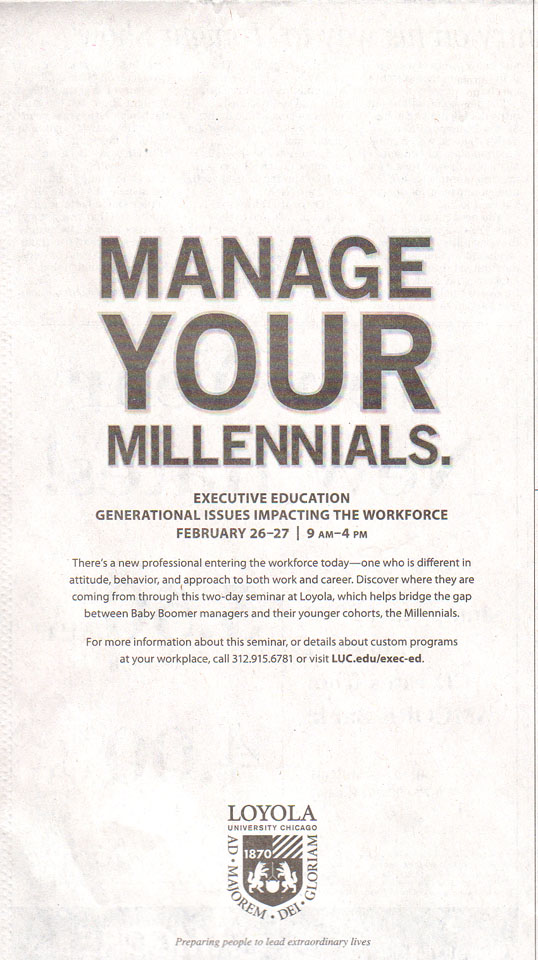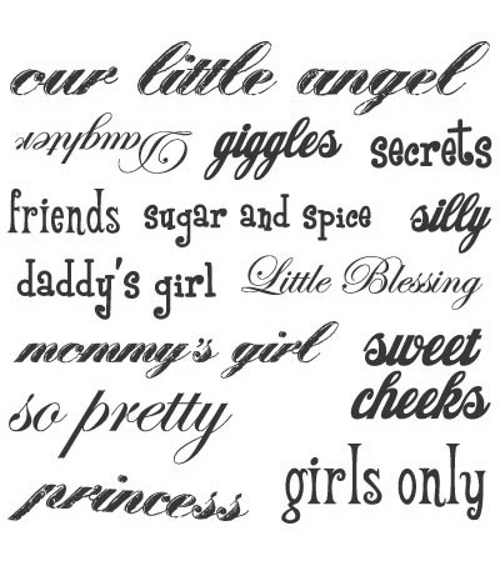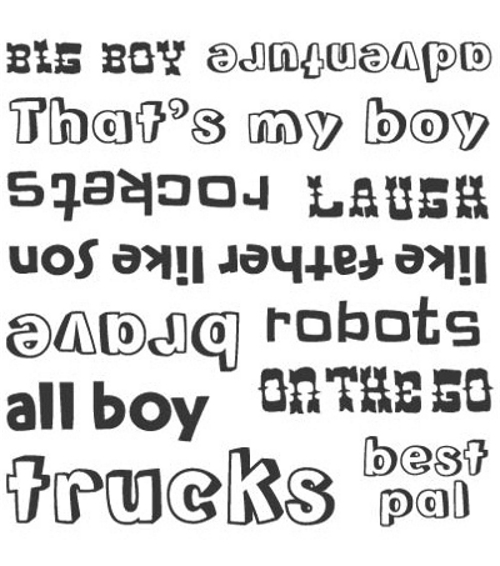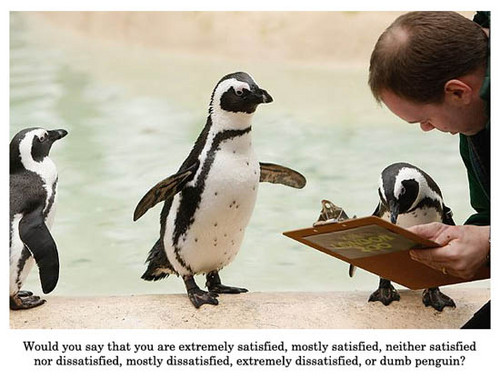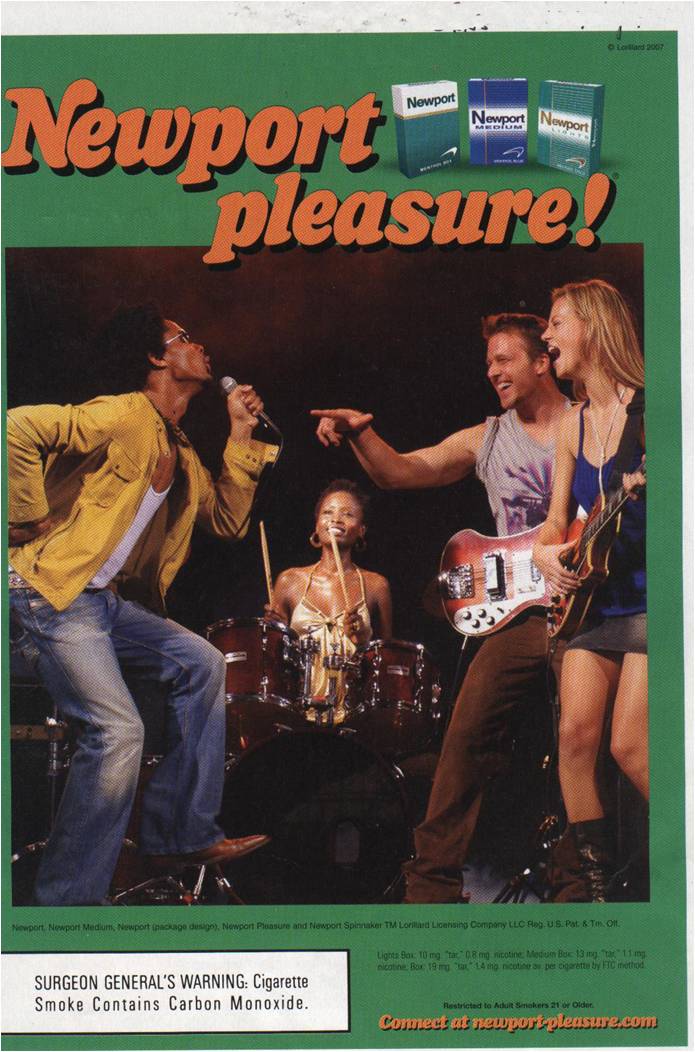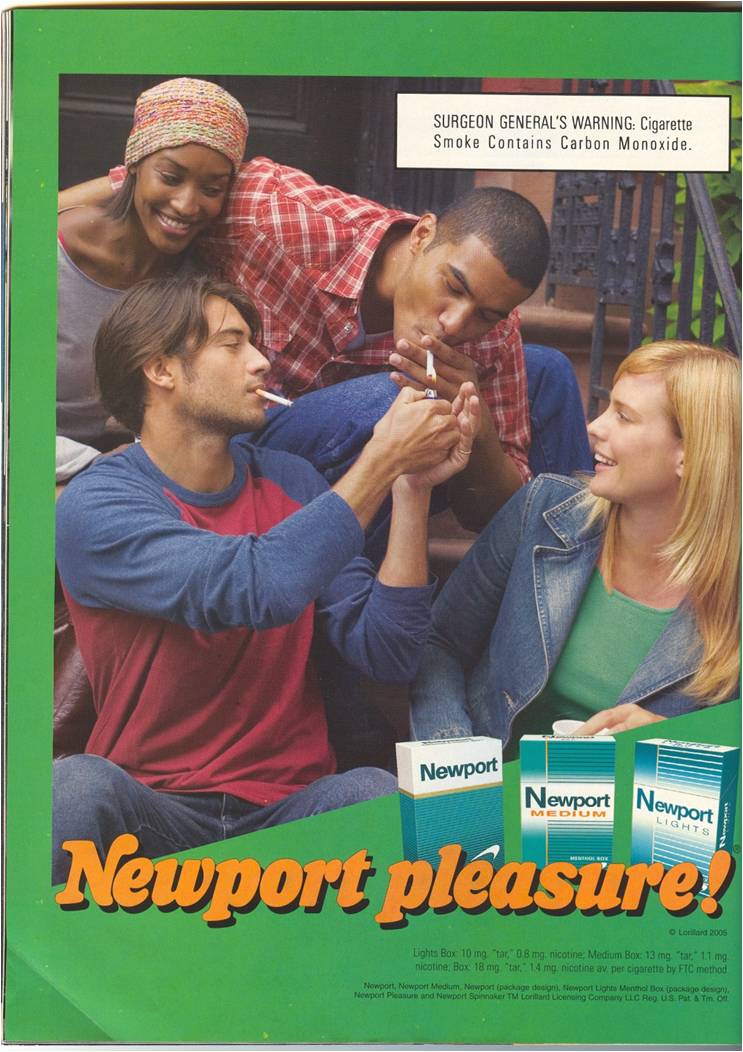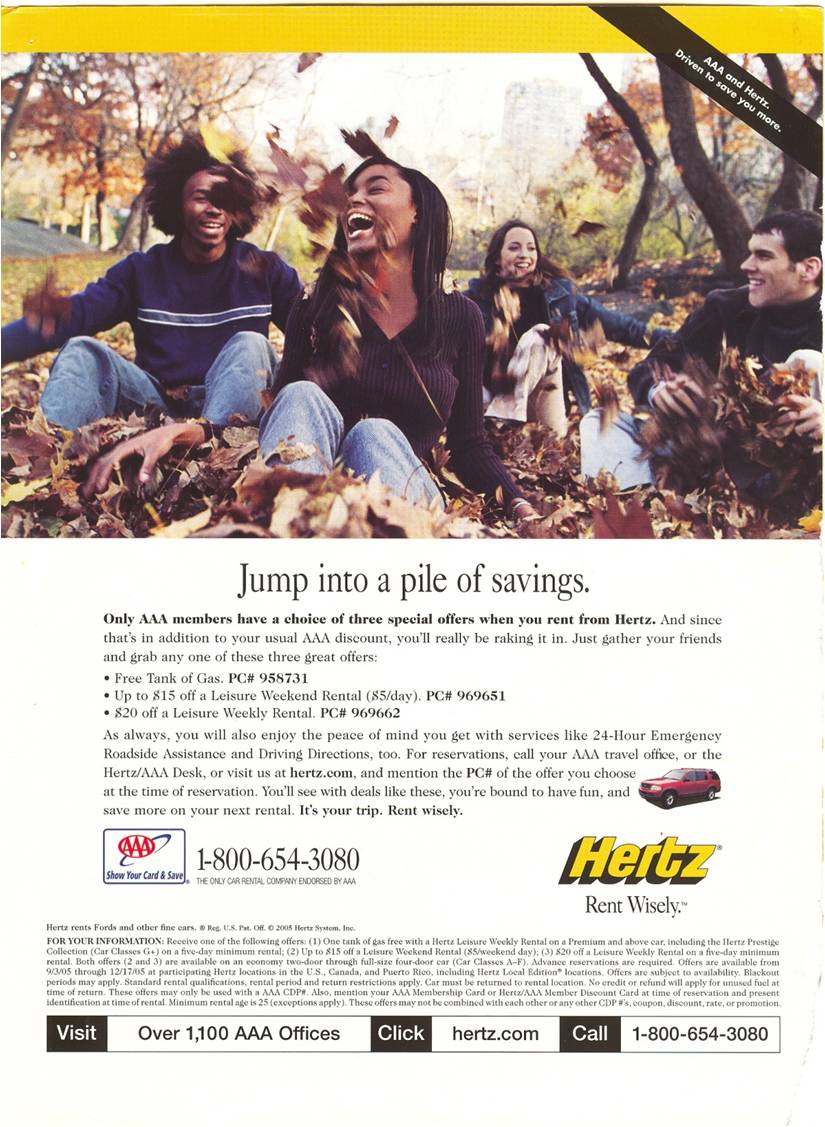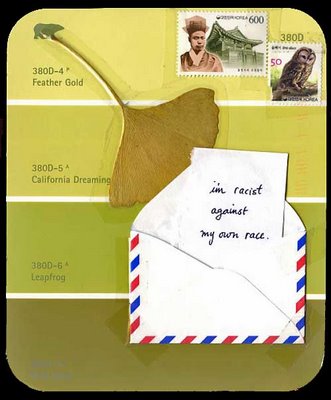Political donations are by law public. With this information, someone has put up a website which shows, on google maps, which households (in the Bay Area, Salt Lake City, and Orange and L.A. Counties) donated money to Proposition 8 (California’s successful proposition to prohibit gay marriage). When you click on the arrow, it also tells you the name of the person in the household, that persons occupation and employer, and how much money they donated. Take a look.
Over at The Daily Dish, one person is quoted saying:
What could possibly be the use of this kind of information, presented in this way? It’s intended to intimidate people into not participating in politics by donating money. Do that, and you’ll end up on some activist group’s map, with hotheads being able to find your street address on their iPhones.
Andrew Sullivan weighs in:
I don’t get the fear. If Prop 8 supporters truly feel that barring equality for gay couples is vital for saving civilization, shouldn’t they be proud of their financial support? Why don’t they actually have posters advertizing their support for discriminating against gay people – as a matter of pride?
Elsewhere on the same website, a reader writes in:
I zoomed in on the cities and neighborhoods where my relatives live. What do I find but that one of my own aunts, in San Diego, contributed $200 to the Prop 8 cause last summer. This same aunt, a good person I honestly believe, has even invited me and my partner to stay with in her family’s home. Call me naive, but I’m kind of having trouble wrapping my brain around this seeming contradiction.
This back and forth raises some interesting questions:
Is the map violating some sort of privacy? If not technical, legal privacy, then some sort of cultural agreement about how far is “too far”?
Is the first commenter correct that this is essentially a nefarious act? Should political donations be public in this brave new world of google maps and internet access? Has “public” taken on a whole new meaning here?
Then again, the right to free speech protects a lot more aggressive and heinous things than this google map. Is the first commenter overreacting?
And what of Andrew Sullivan’s comment? Are those who donated proud to see themselves on the map? Or are they ashamed? When political action is unpopular (not that I’m sure this one is), does that change the nature of participation? Should holders of unpopular political beliefs be protected, perhaps by allowing them to donate anonymously? Or is shaming part of how cultural change happens and, thus, a perfectly legitimate strategy on behalf of gay rights?
Further, maybe people like the last commenter deserve to know if their friends or relatives are donating to political causes that discriminate against them? Then again, does the Aunt have any right to be able to donate to the cause without disrupting her relationships with her family?
Thoughts? Other questions you think this brings up?


